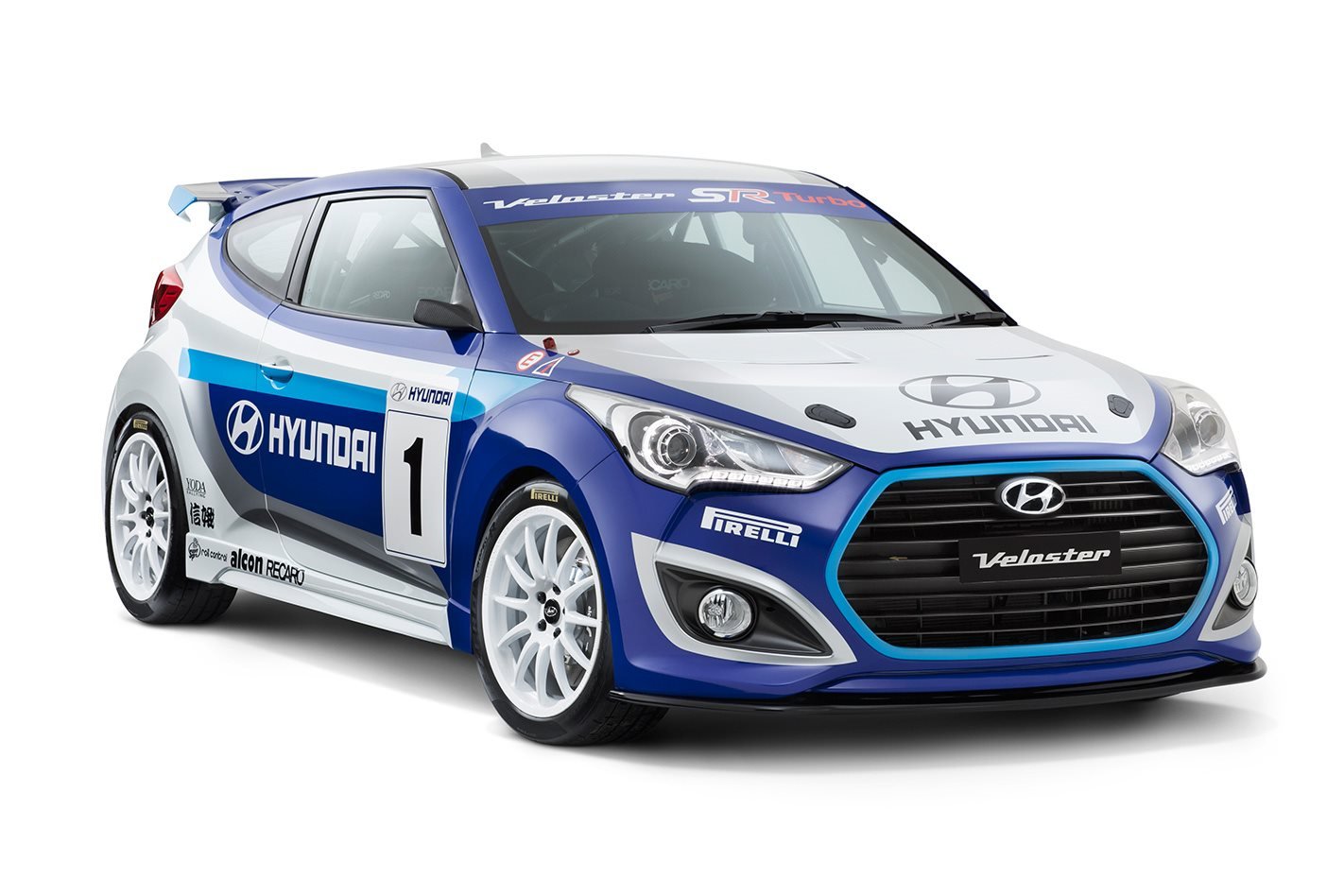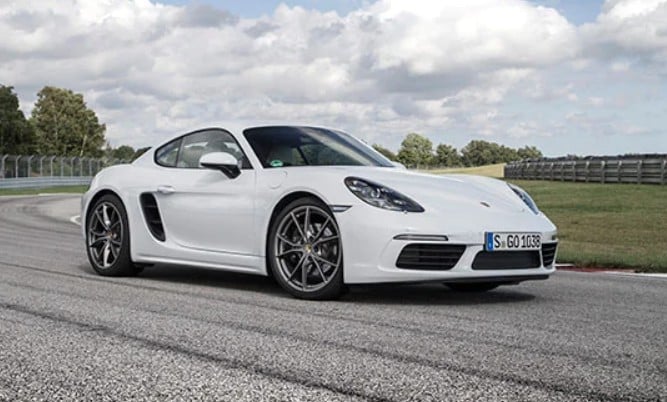Perceptions are difficult things to change.
This article was first published in MOTOR magazine’s January 2013 issue.
Hyundai hasn’t featured particularly strongly in the pages of MOTOR over the years, principally because there hasn’t been a lot in its local range to get pulses raised much above idle. For every lone Tiburon, which was a pretty decent steer, there are carparks full of clapped-out, beaten-up Excels serving as a reminder of the firm’s darker days.
But in the words of Robert Zimmerman, the times they are a changin’. This year’s Pikes Peak hillclimb was won by Kiwi ex-pat Rhys Millen in a Hyundai Genesis, and the Korean manufacturer has announced that it’ll be returning to the World Rally Championship.
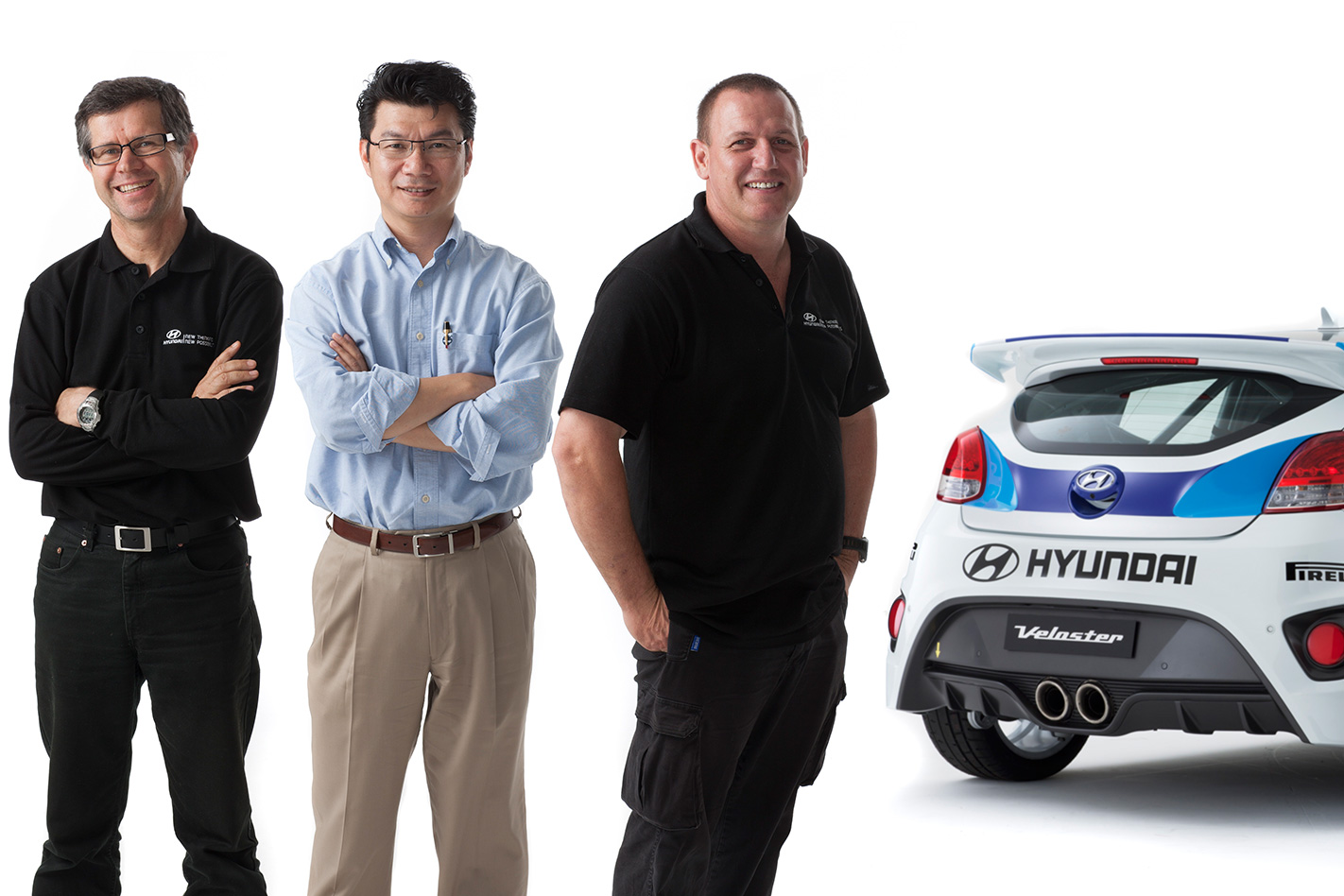
“In Australia, we have always wanted to have a motorsport involvement, but [previously] there wasn’t the right product,” he explains. With the launch of Veloster SR Turbo, Hyundai finally had a platform from which to build a competition car. “At first they did not know how to start,” Wong says.
“Who is the motorsport person in the company? Because the product engineering team – my team – are involved in vehicle dynamics, I thought, ‘okay, let’s join the effort’. You’ve got this concept, we’ve got the know-how, let’s do it.”
Phil Rodgers and Ian Kay, two men with enormous experience building and maintaining rally cars up to World Championship level, oversaw the build, with assistance from Wong and his team, which handle Hyundai’s local suspension tuning. A month later, the Veloster Race Concept was sitting on a stand at the Sydney Motor Show.
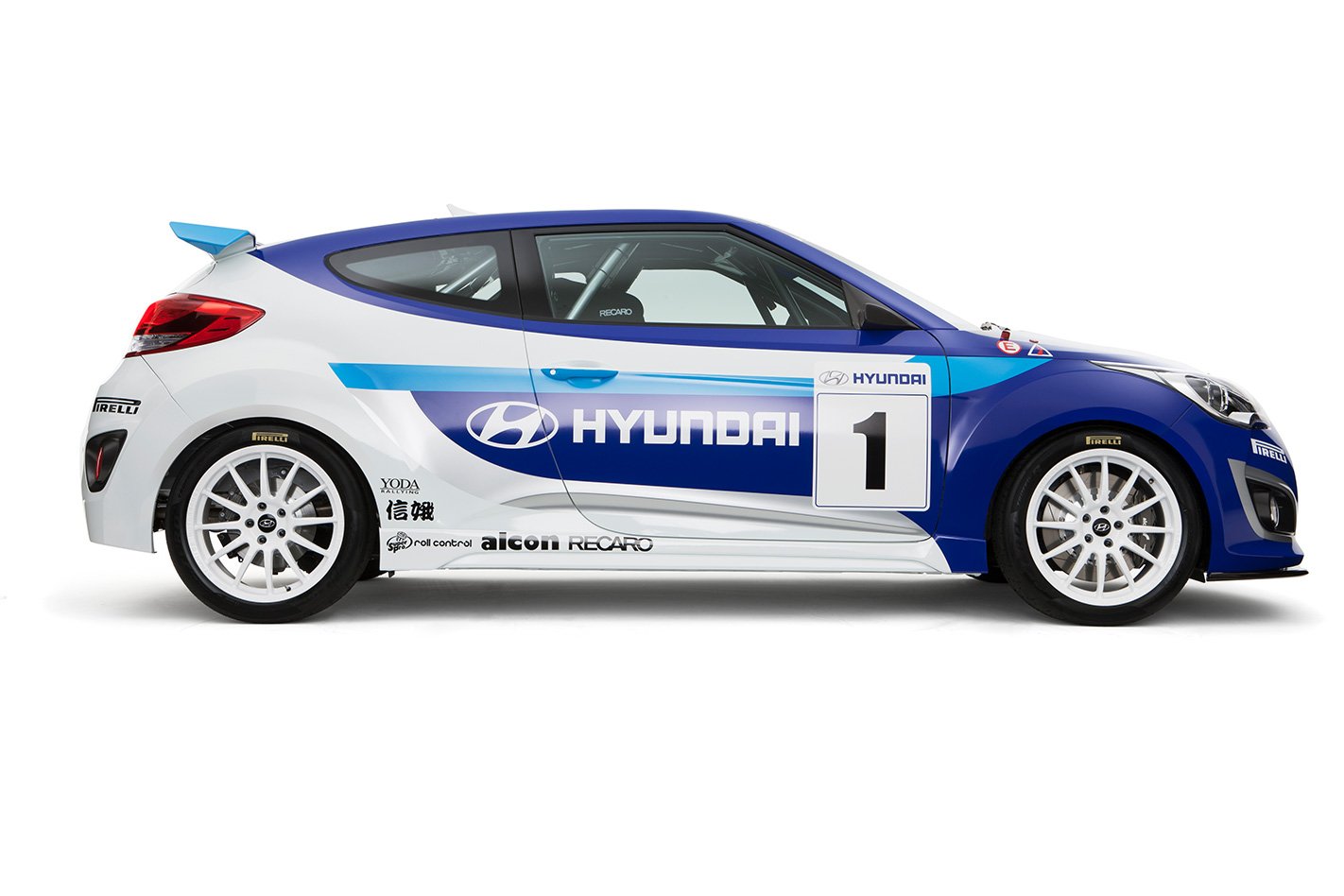
That’s the thing, while the VRC definitely is going racing, the decision hasn’t yet been made where it’s going racing. “We can go tarmac rallying tomorrow,” Wong says, “we just hook up a few things and it’s ready to go. It is up to the PR department – which button do they want to push?
We have engines in the R&D centre for higher levels – up to WRC level – but it depends on how far you want to push the boundaries.” At the moment, it appears that we’re most likely to see the VRC entered in this year’s Tarmac Championship (Targa Tasmania, Targa High Country …) in either showroom guise or upgraded to ‘Class M3’-spec.
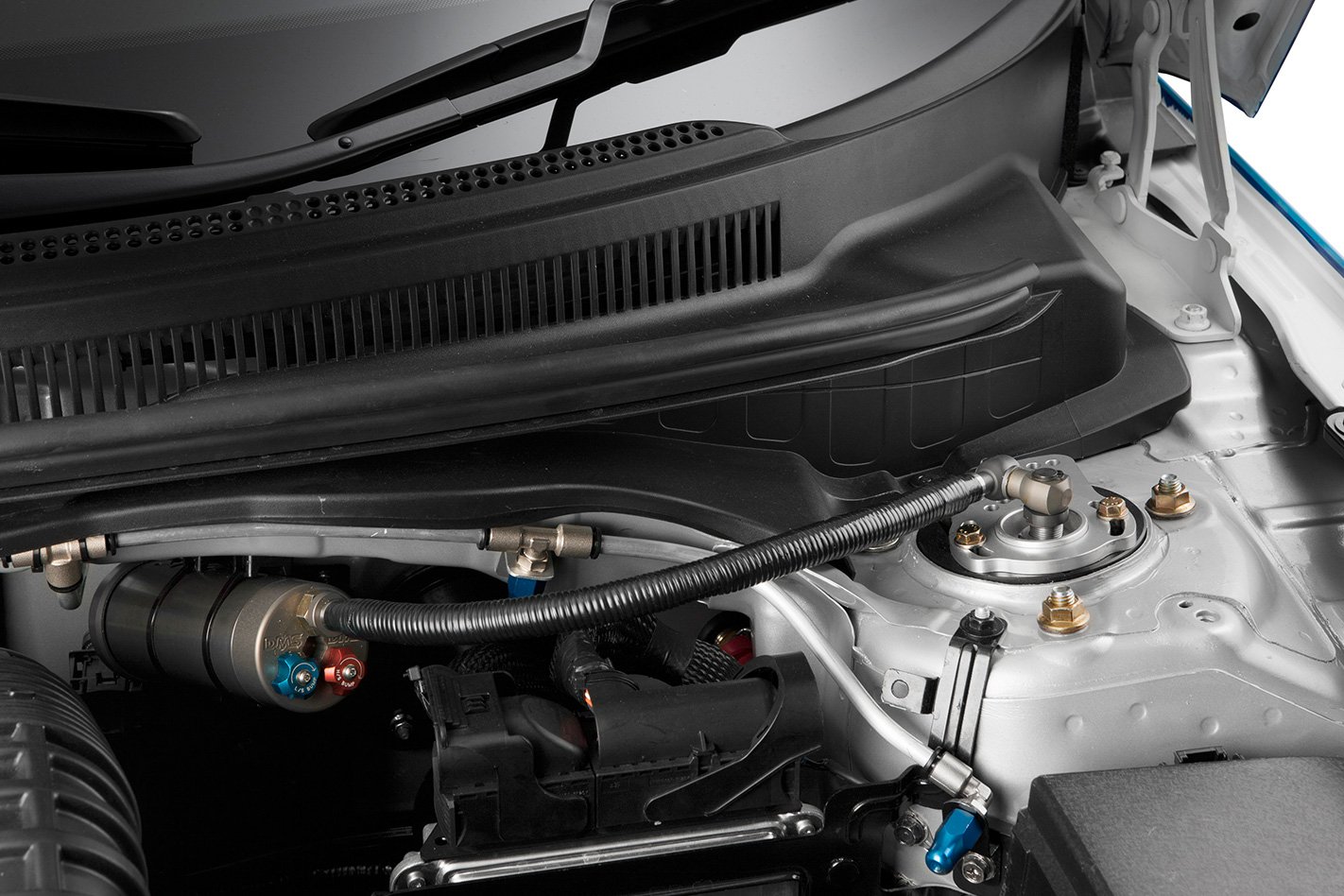
The bodyshell was stripped of all trim, sound deadening and superfluous brackets before Bond Rollbars installed an FIA-specification steel roll-cage.
Kay says that the rigidity of the body meant any further strengthening was unnecessary, “The use of high-strength steels in the body structure and the welding processes [used] make the body are much better compared to 10-12 years ago,” he says. Makes sense, better road cars make better race cars.
Drummond Suspension custom-built a set of struts for the car while progressive rate springs came from Kings and the anti-roll bars are from Fulcrum.
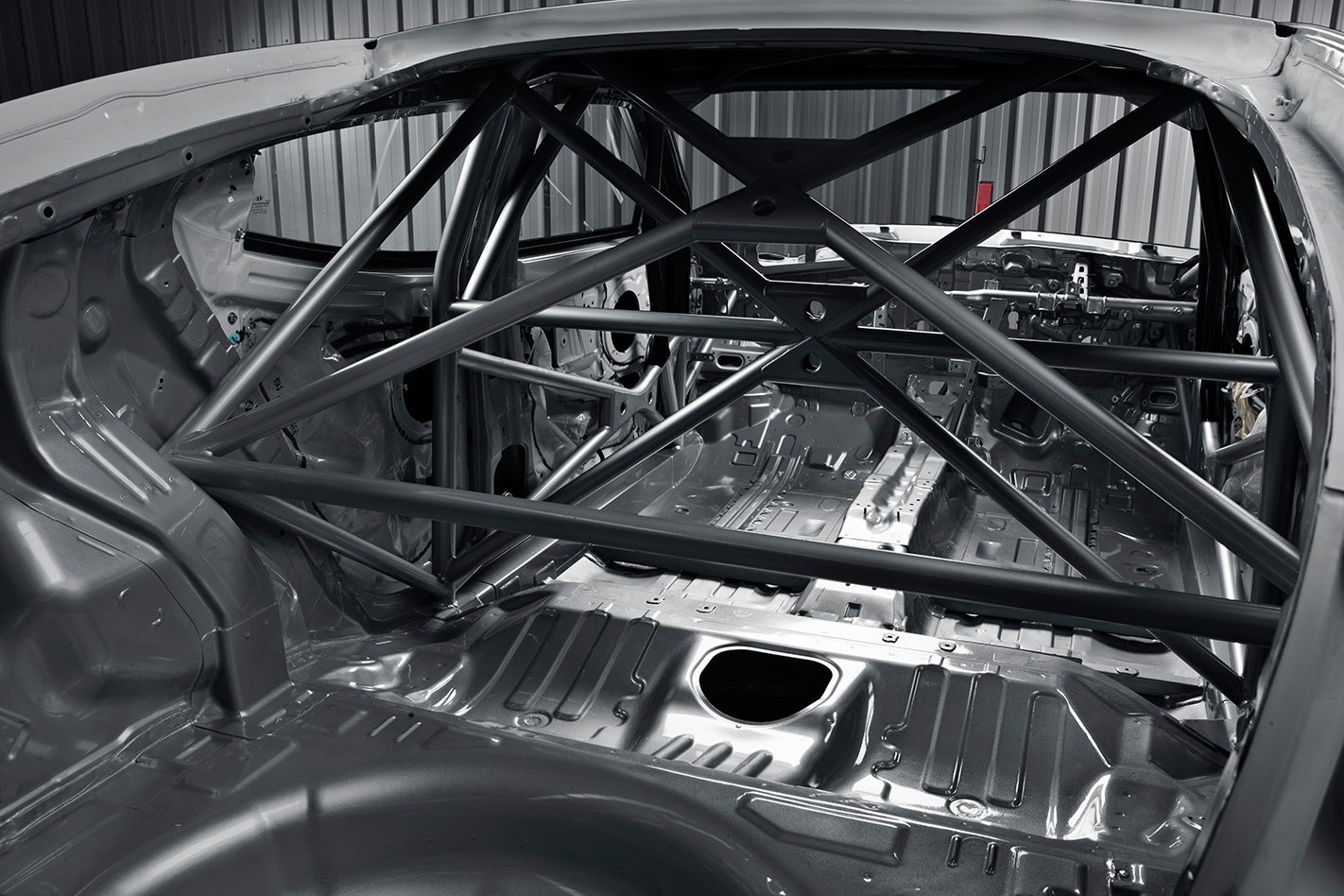
All the regular Veloster’s electronic aids have been binned, but the car’s ABS computer has been retained, as the wheel speed sensors will be used in conjunction with the car’s traction control and launch control systems.
Enormous Alcon brakes, 355mm rotors with four-pot calipers at the front, 300mm with two-pot calipers at the rear, sit behind 18 x 8.0-inch Team Dynamics wheels wrapped in 235/40R18 Pirelli P Zero Trofeo semi slicks. Kay has huge experience building Group N rally cars and says the VRC was one of the easier projects to work on.
“It’s very simple to work on. The only downside, if it is a downside, is that if that car was built 10 years ago, it’d be 100kg lighter than what it is now. All cars have got heavier, but the gains in stiffness outweigh the weight [penalty].” “This [car] gives credit to the engineers in Korea,” Wong says.
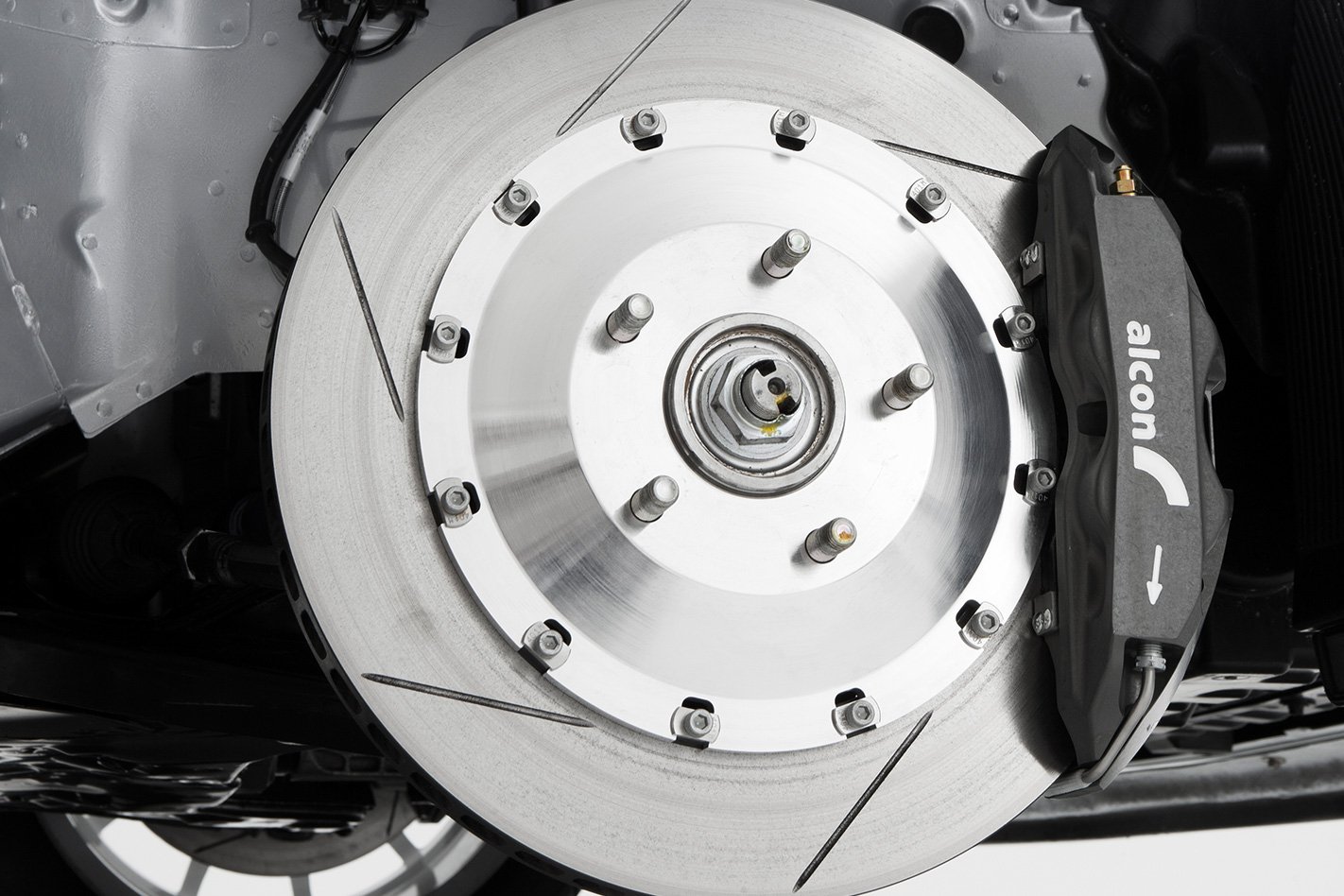
“No, no, no, it’s a much bigger picture than brand perception. Motorsport is always the area that builds passion, where you prove that you are the engineers that are able to deliver the goods. It’s about engaging new people internally and externally.”
Given that Hyundai’s local suspension tuning team are heavily involved with the VRC project, it’s inevitable that lessons learned in competition will transfer to the road cars. But there’s also the sense that this is just the beginning. “I hope this is the start of big things to come with Hyundai and motorsport in Australia – it’s the first step really,” Public Relations Manager Guido Schenken, says.
And mention the prospect of a stripped-out ‘Veloster SR Turbo RS’ to Wong and his eyes light up with excitement. Now that’s a car that could bury the memories of those clapped-out Excels once and for all.
i20 heads to the WRC
No television coverage, dwindling manufacturer support and the utter dominance of Sebastien Loeb means that the World Rally Championship hasn’t been in the best of health recently, but there are signs of a manufacturer-led resurgence just around the corner.
Volkswagen has joined the series in full force this year, and Hyundai announced at last year’s Paris Motor Show that it would be rejoining the championship on some rounds in 2013, before embarking on a full-scale program the next year. They will join the Citroen works team and privately funded efforts from Ford and Mini.

Details are scarce, other than that the team is likely to be based in Germany and the car will be based on the i20. Aussie Chris Atkinson, currently without a drive after Mini’s recent departure at factory level, is likely to be high on the team’s driver shortlist.
Hyundai Veloster Race Concept specs: Engine: in-line 4, DOHC, 16v, turbo Power: 150kW @ 6000rpm Torque: 265Nm @ 1750-4500rpm Kerb Weight: 1180kg Power-to-weight: 127kW/tonne Transmission: 6-speed manual Tyres: Pirelli P Zero Trofeo Size: 235/40ZR18


